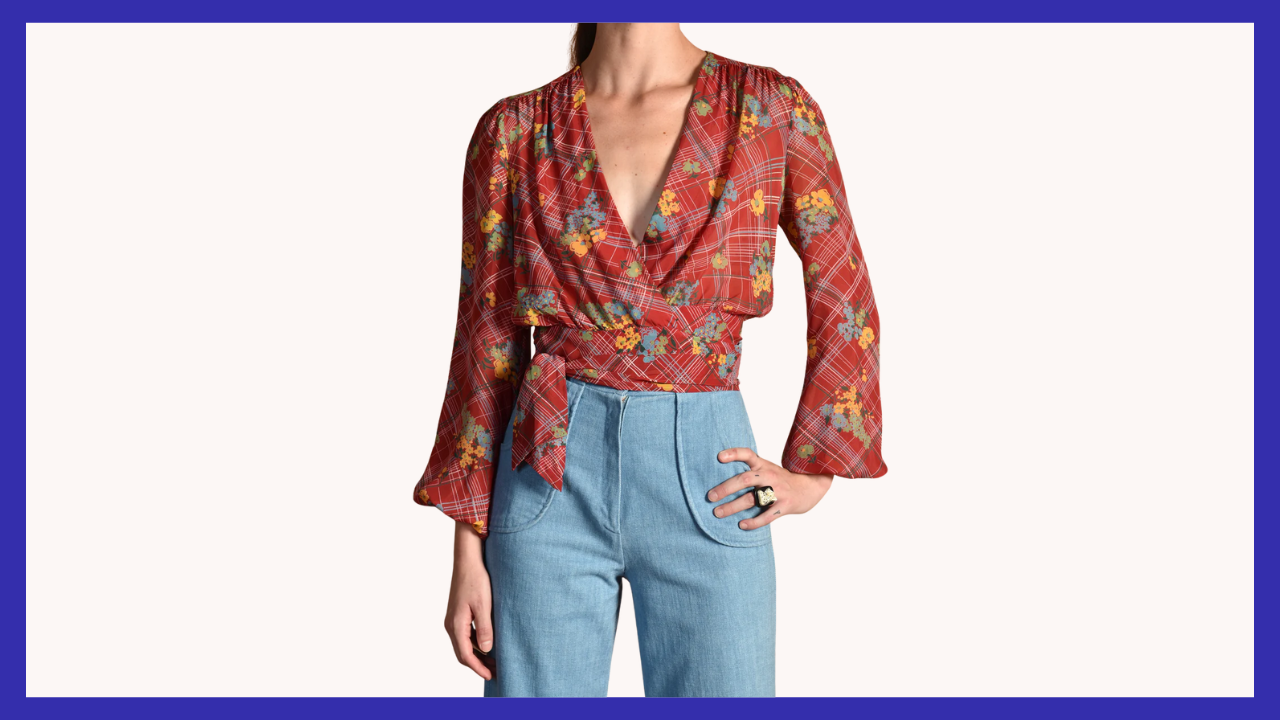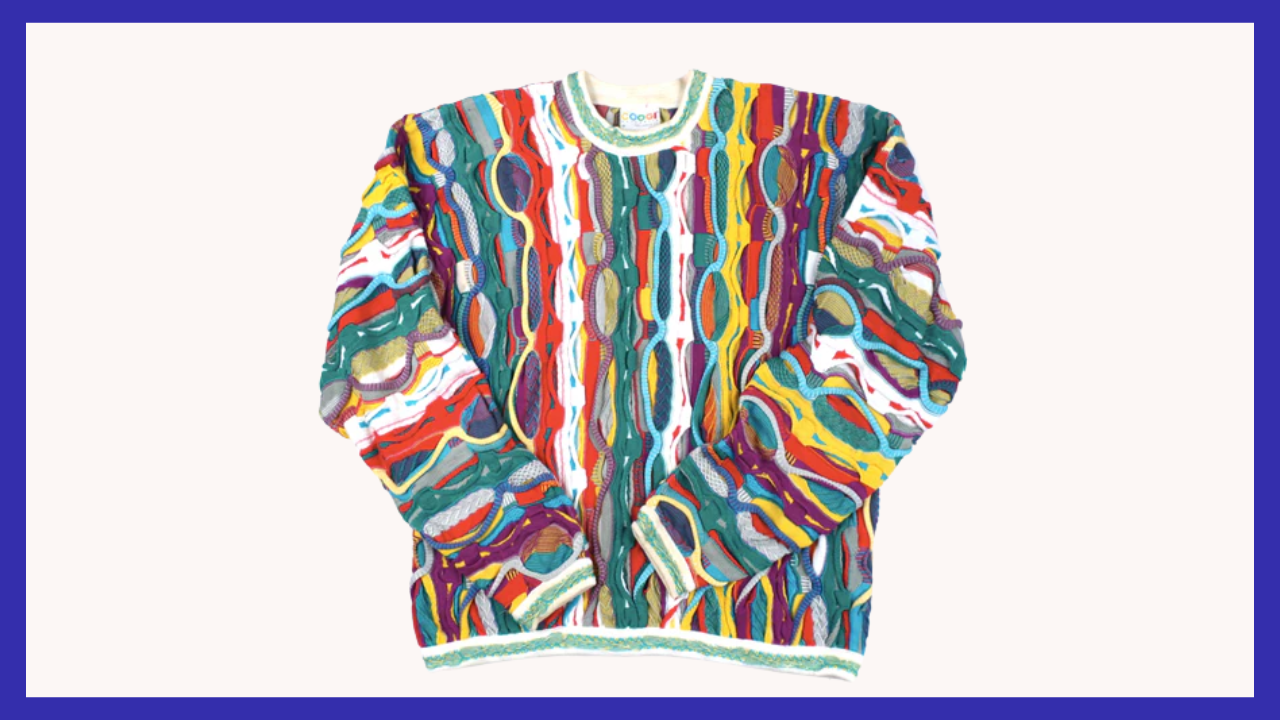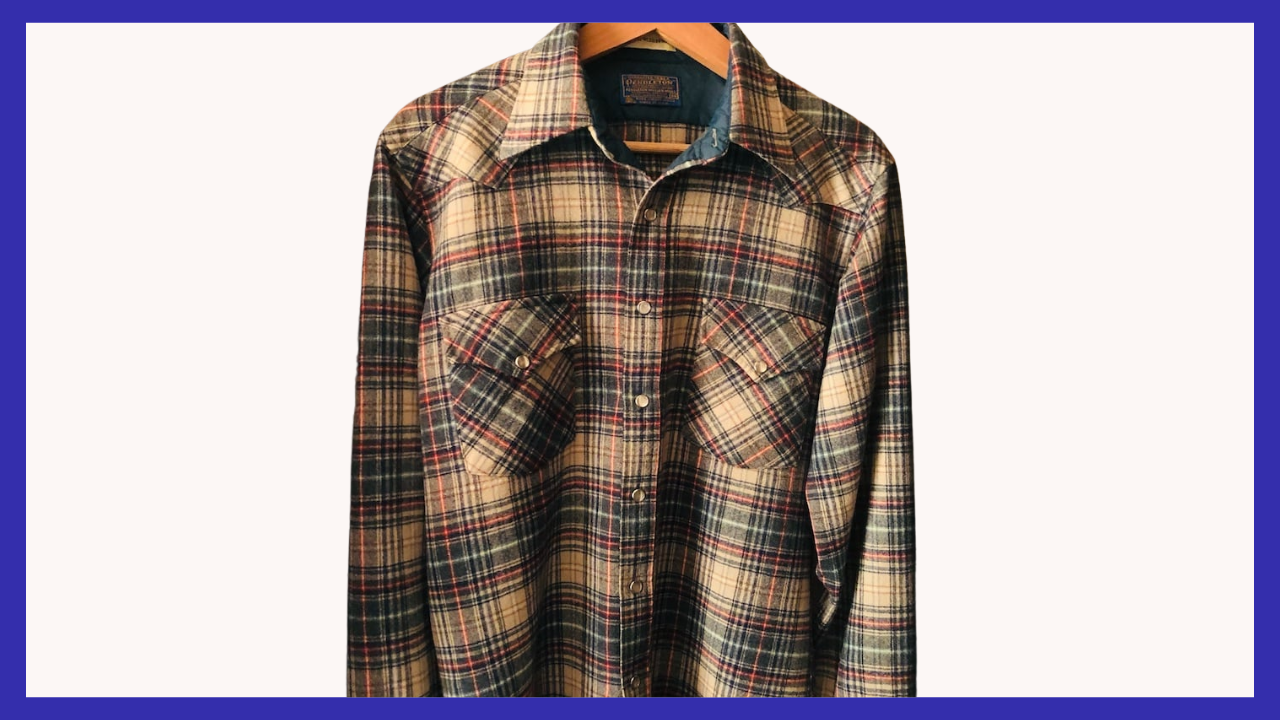AllVintageStyles
The Ultimate Vintage Fashion Encyclopedia
Wrap Top

Figure-hugging top with wrap construction and tie closure, designed to flatter the waist while providing adjustable fit for various body types.
Quick Facts
- Era: 1970s (peak popularity 1970s-1980s)
- Origin: United States (women's liberation fashion and dance wear influence)
- Garment Type: Adjustable wrap-style top with feminine silhouette enhancement
- Key Identifiers: Wrap construction, tie closure, V-neckline, fitted bodice
- Typical Resale Price: $20-$100 (authentic vintage pieces)
- Best For: Vintage femininity collectors, adjustable fit seekers, 1970s fashion enthusiasts
History & Evolution
Wrap tops emerged from the 1970s fashion revolution when designers like Diane von Furstenberg popularized wrap construction as practical yet flattering alternatives to structured garments. The style drew inspiration from dance wear and athletic clothing where adjustable fit provided both comfort and movement freedom. Early wrap tops represented women's desire for clothing that adapted to their bodies rather than forcing conformity to rigid sizing standards.
The mid-1970s established wrap tops as essential casual wear for women seeking feminine yet practical alternatives to traditional blouses and fitted shirts. The style appealed to working women and active lifestyles, providing versatile garments suitable for multiple occasions through simple styling changes. Fashion magazines promoted wrap tops as figure-flattering solutions that enhanced natural curves while maintaining comfort and wearability.
The 1980s adapted wrap top construction with more structured shoulders and bold patterns while maintaining the essential wrap functionality. The style represented successful integration of comfort with fashion consciousness, becoming symbols of practical femininity. Contemporary fashion continues wrap top traditions with updated fabrics and fits, but vintage pieces offer superior construction quality and authentic proportional relationships that reflect original 1970s design intentions.
Authentication Tips
Authentic 1970s-1980s Features:
- Quality jersey knit or silk construction with proper drape and stretch recovery
- Substantial wrap ties with adequate length for proper closure and bow formation
- Authentic 1970s fit with appropriate ease through bust and waist areas
- Period-appropriate neckline depth and wrap overlap proportions
- Quality finishing details including properly finished seams and hem construction
Common Reproductions/Modern Pieces:
- Cheap synthetic fabrics with poor drape and inadequate stretch recovery
- Short or flimsy ties lacking substance for proper wrap closure functionality
- Modern tight fit inappropriate for authentic 1970s wrap top proportions
- Excessively low necklines or poor wrap coverage lacking vintage modesty standards
- Simplified construction without authentic finishing details and quality seaming
Styling & Use Cases
- Best for 1970s enthusiasts: Pair with high-waisted jeans and platform shoes for authentic decade styling
- Ideal for feminine collectors: Combine with flowing skirts and vintage jewelry for romantic 1970s aesthetic
- Perfect for adjustable fit needs: Layer alone or under cardigans for versatile seasonal dressing
Modern styling tips:
- Adjust the wrap tightness to create different silhouette effects from fitted to relaxed
- Layer under blazers or jackets to showcase the wrap neckline detail
- Pair with high-waisted bottoms to honor the top's vintage proportional relationships
FAQ
Q: How can I tell if a wrap top is authentic vintage construction?
A: Check for quality jersey knit or silk with proper drape, substantial wrap ties with adequate length, authentic 1970s fit with appropriate ease, period-appropriate neckline proportions, and quality finishing details typical of vintage garment construction.
Q: What's the typical price range for vintage wrap tops?
A: Authentic vintage wrap tops range from $20-100 depending on fabric quality, designer label, and condition. Silk pieces or designer examples like Diane von Furstenberg command higher prices among vintage fashion collectors.
Q: How should I care for a vintage wrap top?
A: Hand wash delicate fabrics in cold water, machine wash jersey knits on gentle cycle, air dry to preserve wrap shape and tie functionality, and store carefully to prevent stretching of wrap construction.
Q: What makes vintage wrap tops valuable to collectors?
A: Cultural significance in 1970s women's liberation fashion movement, superior construction quality representing authentic wrap garment engineering, connection to influential designers like Diane von Furstenberg, and documentation of practical femininity trends during the decade of women's fashion independence.
📷: Bustown Modern



